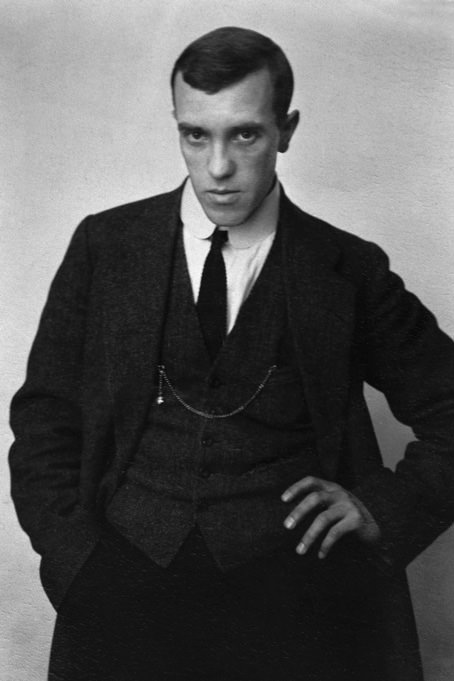

The reproduction of these works without the express written consent of the owner of the works is prohibited.
DownloadAbaja Bay
This painting depicts Abaja Bay near Kihelkonna on Saaremaa Island, the site of Estonia’s first mud spa, opened by the Rootsiküla Manor owner in 1824. Although it was closed a few years later, small wooden sheds on the shore still offered curative mud treatment at the time of Mägi’s visit. Mägi had come to see Dr. Hermann Valtok because of his polyarthritis. This form of rheumatism could lead to inflammation of the joints and potential deformity. A few years later, Artur Adson described Mägi as “short, thin and hunched over” and Mägi is remembered for his stooped figure. Although the mud does not treat the root cause of the illness, it has a warming effect, and the sand particles in the mud have a mechanical effect on the body. The warmth improves circulation and speed up the metabolism, relieving inflammation. However, other than hopefully slowing the progression of the chronic disease, the therapeutic effect is scant. In his letters, Mägi did not report any improvement of his health. In June 1914, he complained about a flare-up.
Abaja Bay has a view of Vilsandi Island, and is a sheltered place with coves good for swimming. Mägi must have quickly made acquaintances with locals. In autumn 1914, he sent a postcard in which he conveys regards from “Abaja Liisi” and Gretchen, a relative of the local sexton. For Christmas of the same year, the “Abaja family” send happy New Year’s greetings. As Mägi was asked only in early October 1914 how his trip to Tallinn had gone, we can suppose that Mägi was on Saaremaa for a long time that year, at least from early June to late September.
The reproduction of these works without the express written consent of the owner of the works is prohibited.

